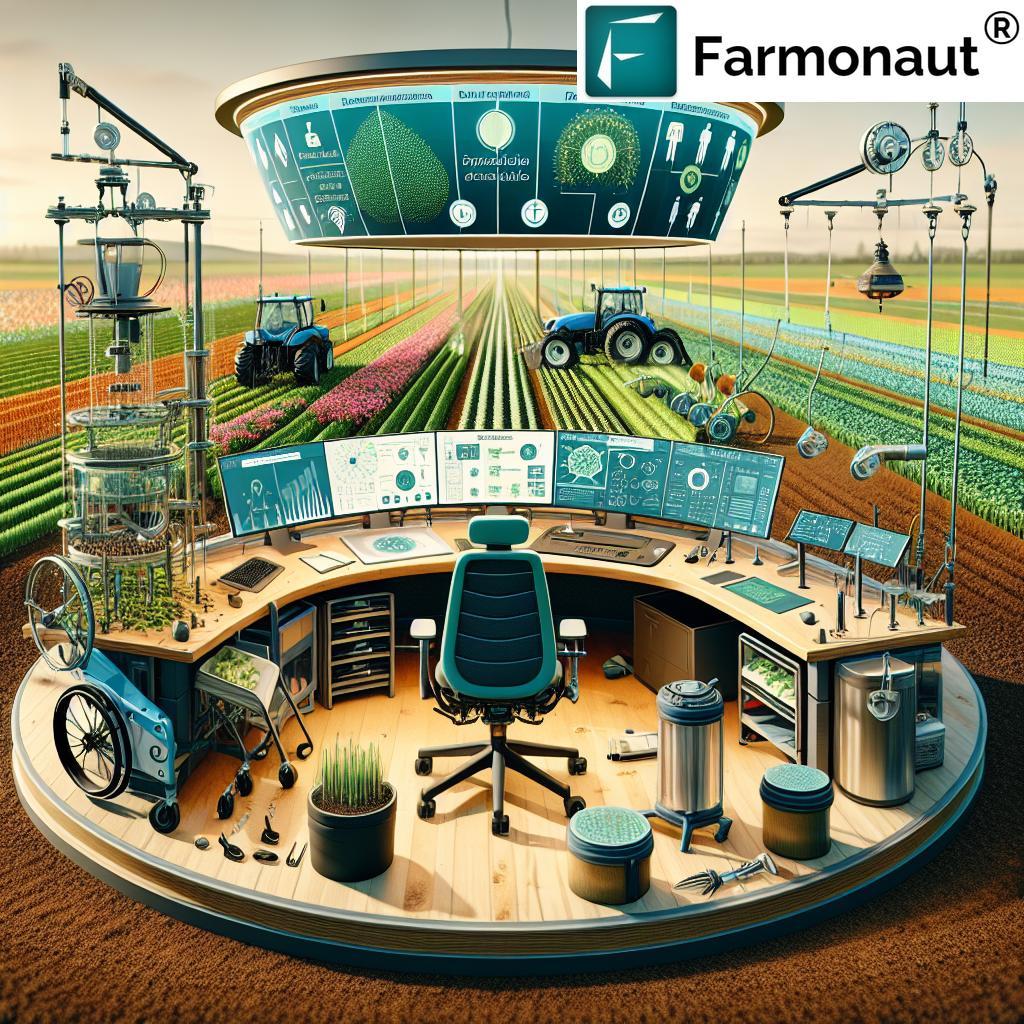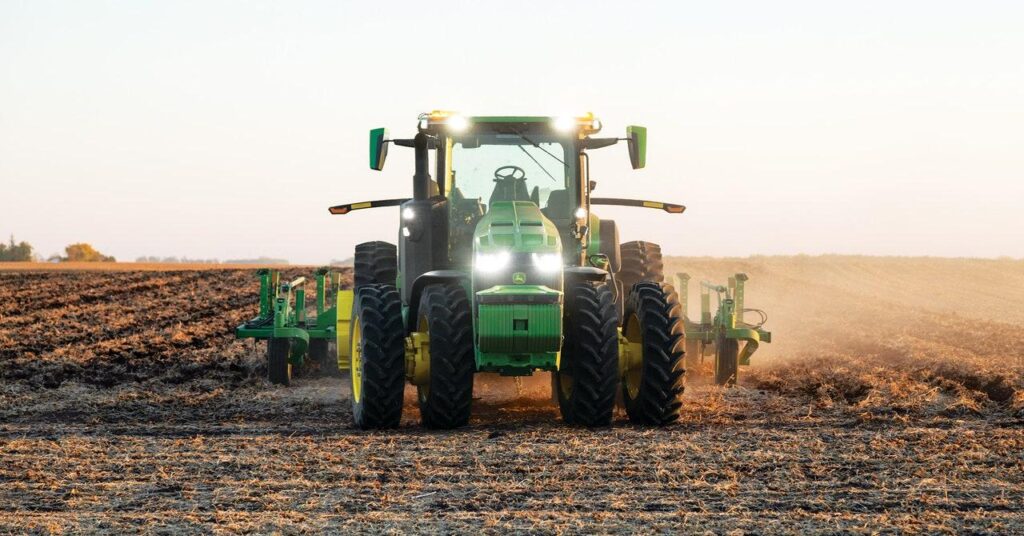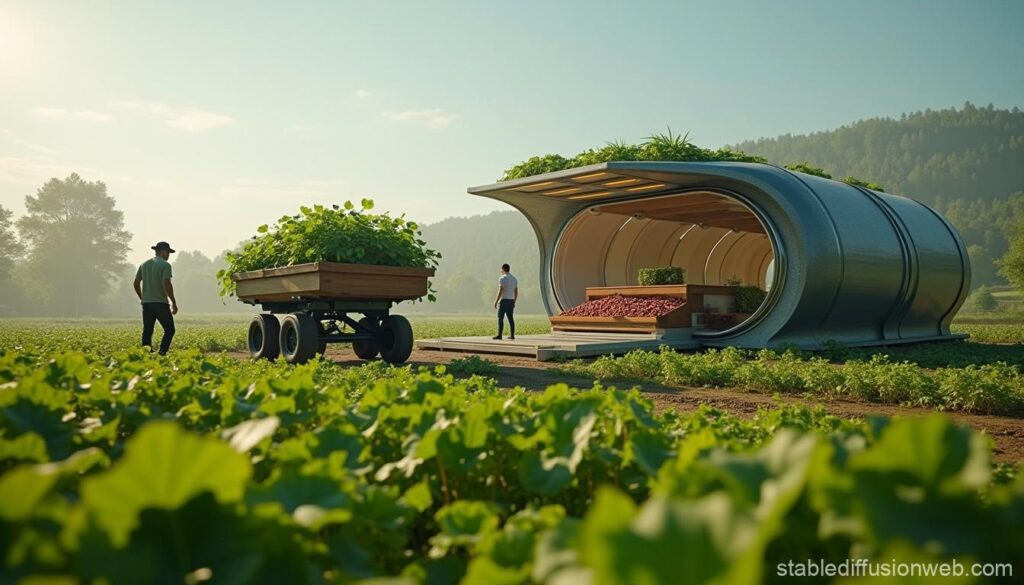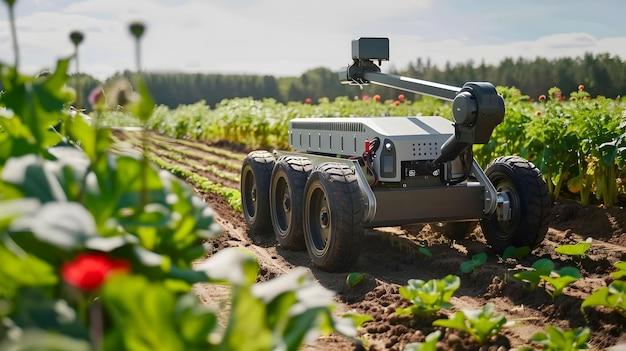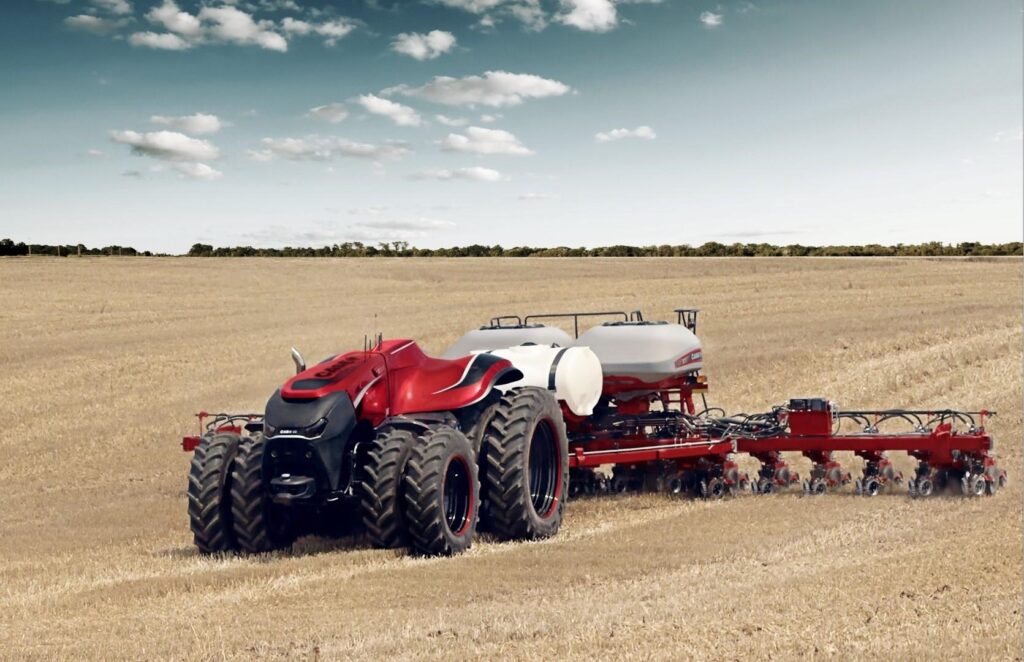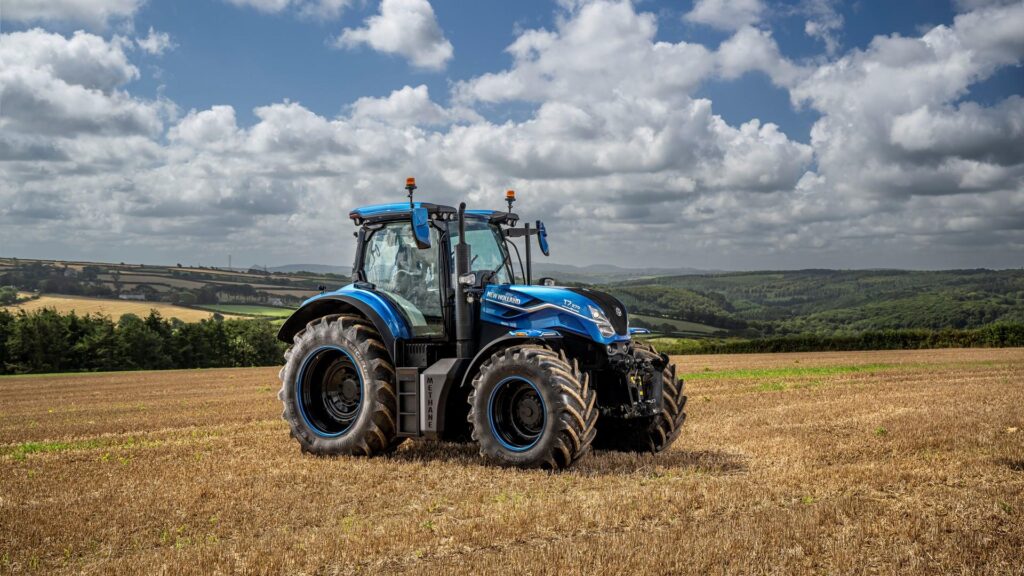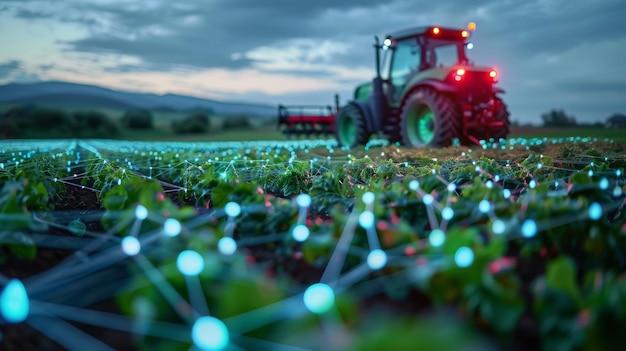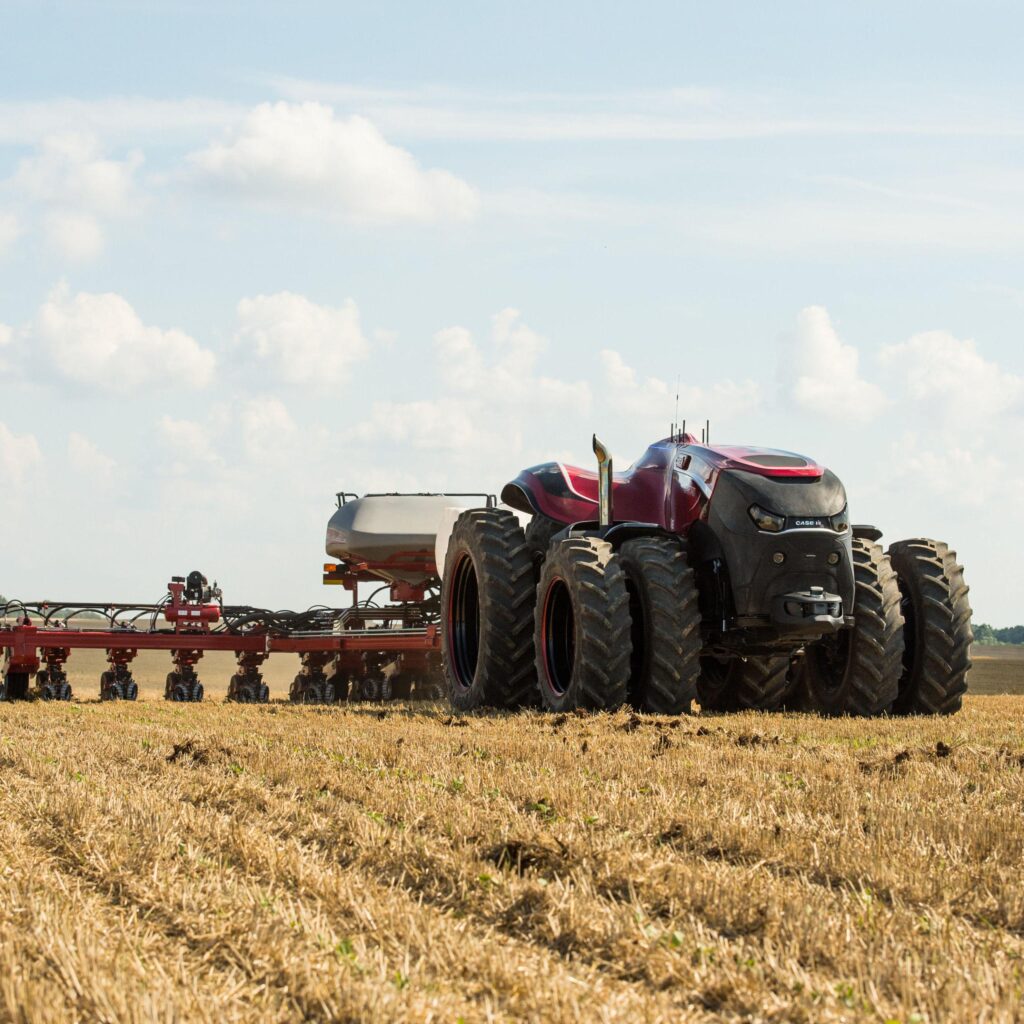The agricultural sector faces mounting pressure from a persistent labor shortage, prompting farmers to seek innovative solutions in smart equipment and automation. As traditional farming methods struggle with workforce challenges, technology emerges as a viable choice to bridge the widening labor gap. From autonomous tractors to AI-powered harvesting robots, these smart equipment solutions are transforming how farms operate, offering both efficiency gains and potential answers to the chronic scarcity of agricultural workers. The agricultural sector faces unprecedented challenges as labor shortages continue to impact farm operations worldwide. Advanced technology and innovative equipment solutions are emerging as viable alternatives to traditional manual labor, offering farmers new ways to maintain productivity and efficiency.
Autonomous tractors represent a meaningful breakthrough in addressing workforce gaps. These self-driving machines utilize GPS technology and elegant sensors to perform various tasks, from plowing and seeding to harvesting. They operate with minimal human supervision, working around the clock when necessary, effectively reducing labor requirements while maintaining consistent output.
Robotic harvesting systems have made significant progress in recent years, particularly in specialty crop sectors. These machines use artificial intelligence and computer vision to identify ripe produce, determining optimal picking times and handling delicate items with precision. For crops like strawberries, tomatoes, and apples, robotic harvesters are becoming increasingly reliable alternatives to manual picking.
Drone technology has evolved beyond simple field monitoring. Modern agricultural drones perform multiple functions, including targeted spraying of fertilizers and pesticides, plant health assessment, and yield prediction. These aerial platforms require minimal operator training and can cover large areas efficiently, reducing the number of workers needed for crop management tasks.
Automated irrigation systems have transformed water management practices. Smart sensors and weather monitoring stations work in conjunction with programmable controllers to deliver precise amounts of water when and where needed. This technology not only conserves resources but also eliminates the need for manual irrigation monitoring and adjustment.
Data-driven farming equipment integrates seamlessly with farm management software, providing real-time insights and automating decision-making processes. These systems collect and analyze information about soil conditions, weather patterns, and crop health, enabling farmers to optimize operations with fewer personnel.
Mobile apps and cloud-based platforms have simplified farm management tasks, allowing remote monitoring and control of equipment. Farmers can now oversee multiple operations concurrently,reducing the need for on-site supervisors and workers. These digital tools also streamline record-keeping and compliance documentation,traditionally labor-intensive tasks.
Conveyor systems and automated sorting equipment have revolutionized post-harvest operations. These machines efficiently handle, grade, and package produce, significantly reducing the workforce needed in packing facilities. Advanced optical sorting technology ensures consistent quality control without relying on manual inspection.
The implementation of these smart solutions requires initial investment and technical training. However, the long-term benefits include reduced labor costs, increased operational efficiency, and improved consistency in farm operations. As technology continues to advance, these solutions become more accessible and adaptable to various farming scales and types.Agricultural equipment manufacturers are continuously developing new solutions to address specific farming challenges, focusing on user-friendly interfaces and reliable performance. This ongoing innovation ensures that farmers have expanding options to maintain productive operations despite labor shortages.

